
Alicja Rogalska
For What It's Worth
Project Info
- 💙 Kunsthalle Recklinghausen
- 💚 Maxie Fischer, Miriam Edmunds
- 🖤 Alicja Rogalska
- 💜 Maxie Fischer
- 💛 Mathias Völzke
Share on
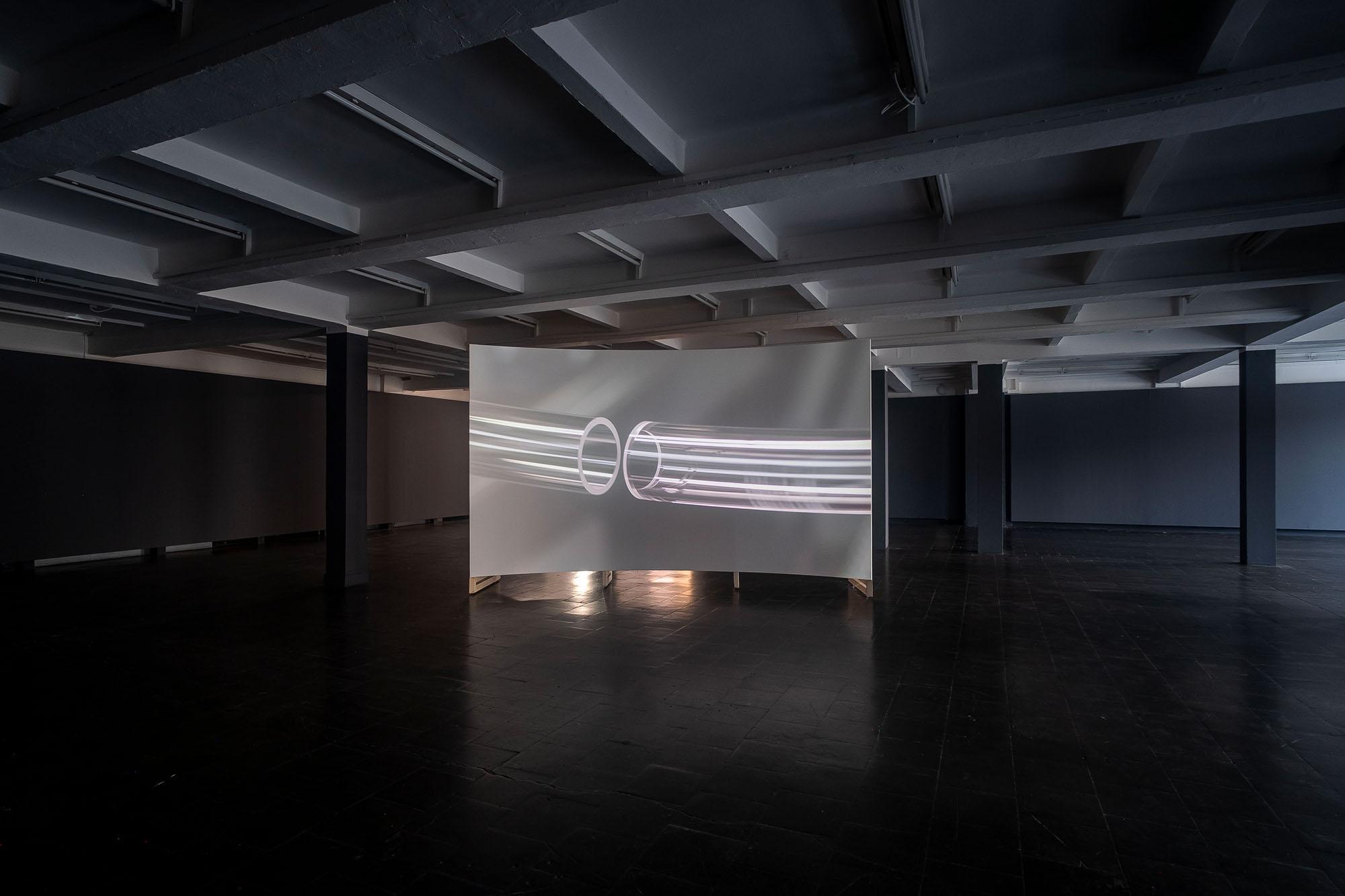
Alicja Rogalska, For What It's Worth, Kunsthalle Recklinghausen, photo: Mathias Völzke
Advertisement

Alicja Rogalska, For What It's Worth, Kunsthalle Recklinghausen, photo: Mathias Völzke
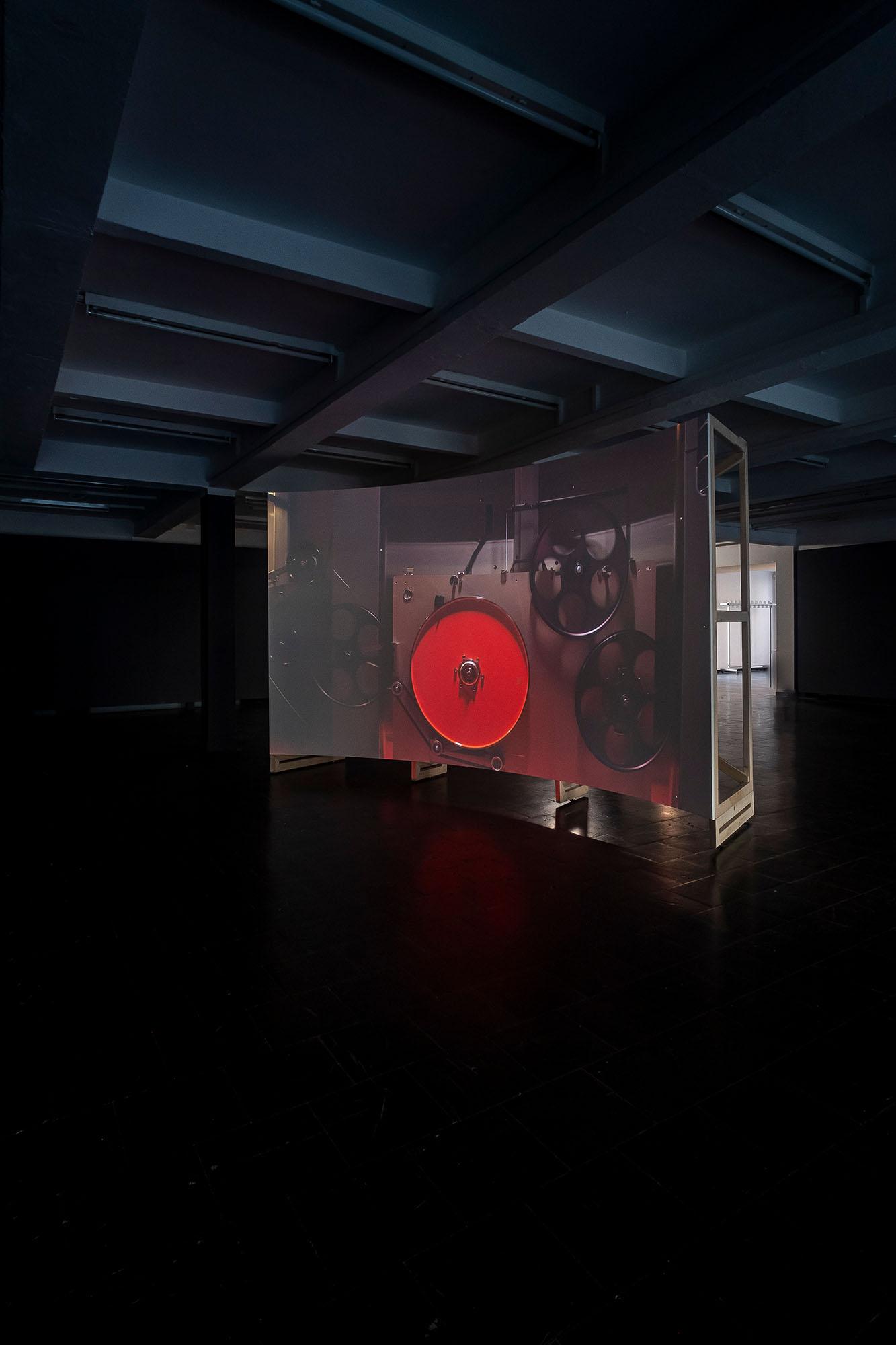
Alicja Rogalska, For What It's Worth, Kunsthalle Recklinghausen, photo: Mathias Völzke
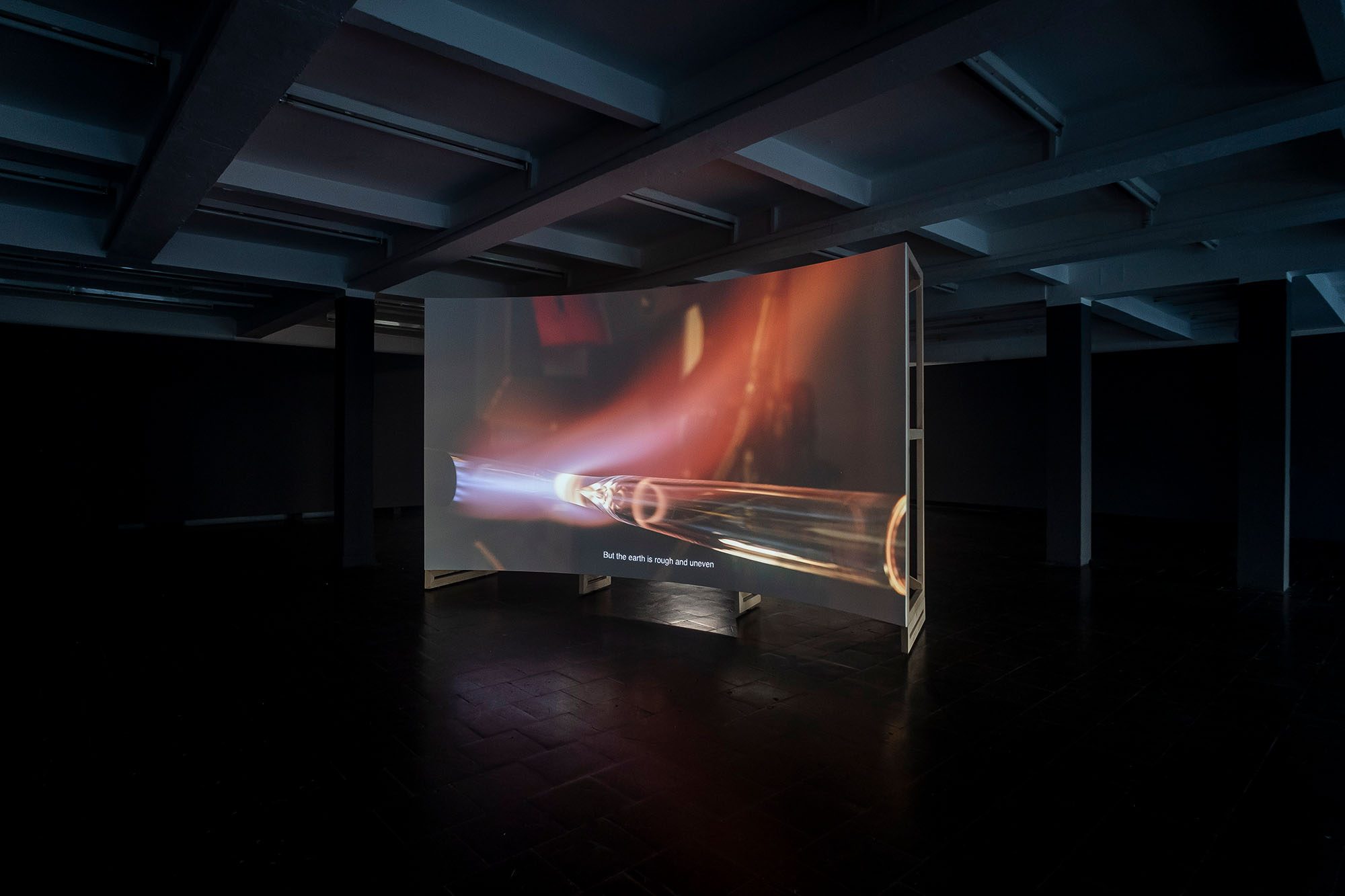
Alicja Rogalska, For What It's Worth, Kunsthalle Recklinghausen, photo: Mathias Völzke

Alicja Rogalska, For What It's Worth, Kunsthalle Recklinghausen, photo: Mathias Völzke
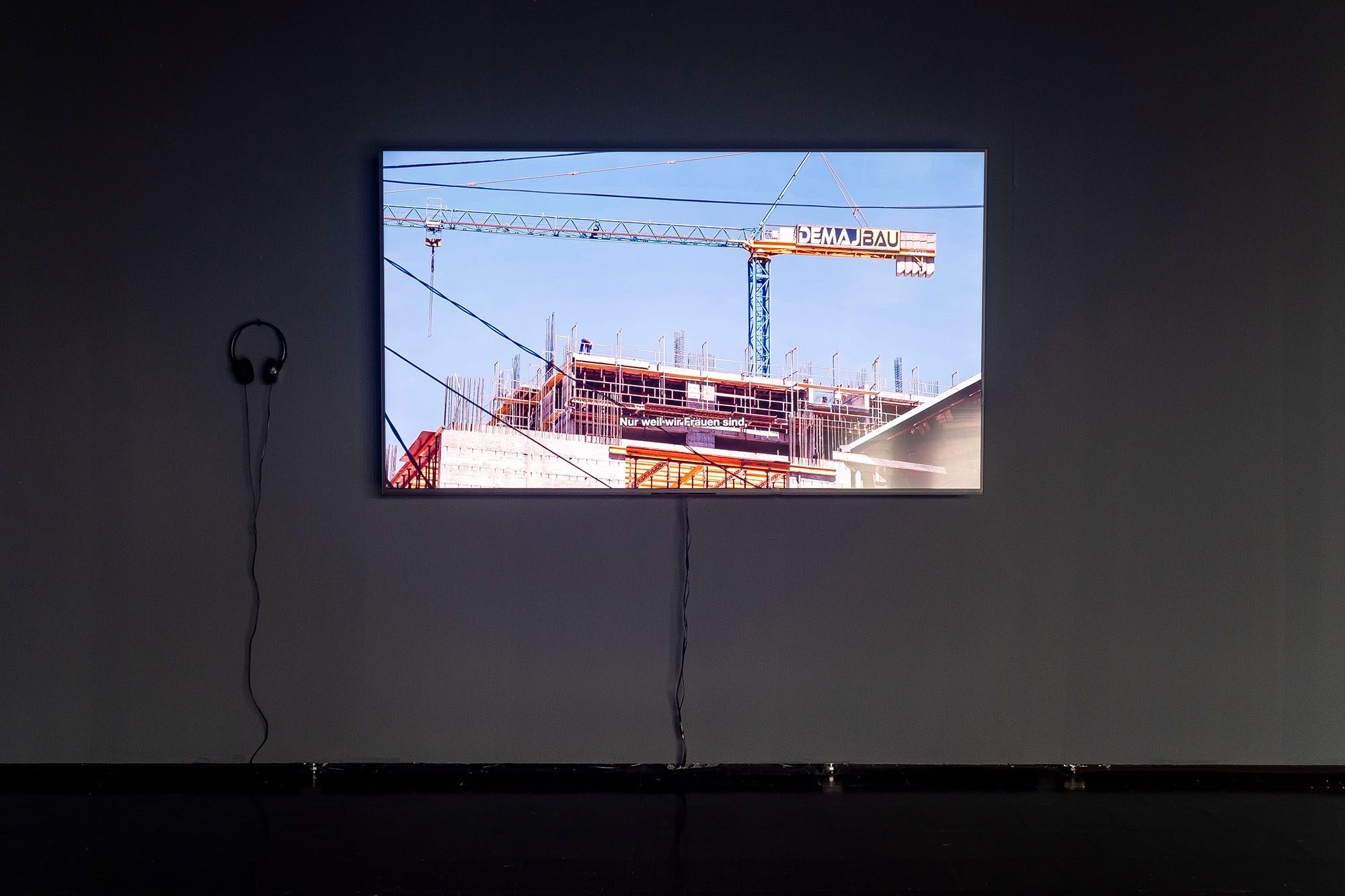
Alicja Rogalska, For What It's Worth, Kunsthalle Recklinghausen, photo: Mathias Völzke
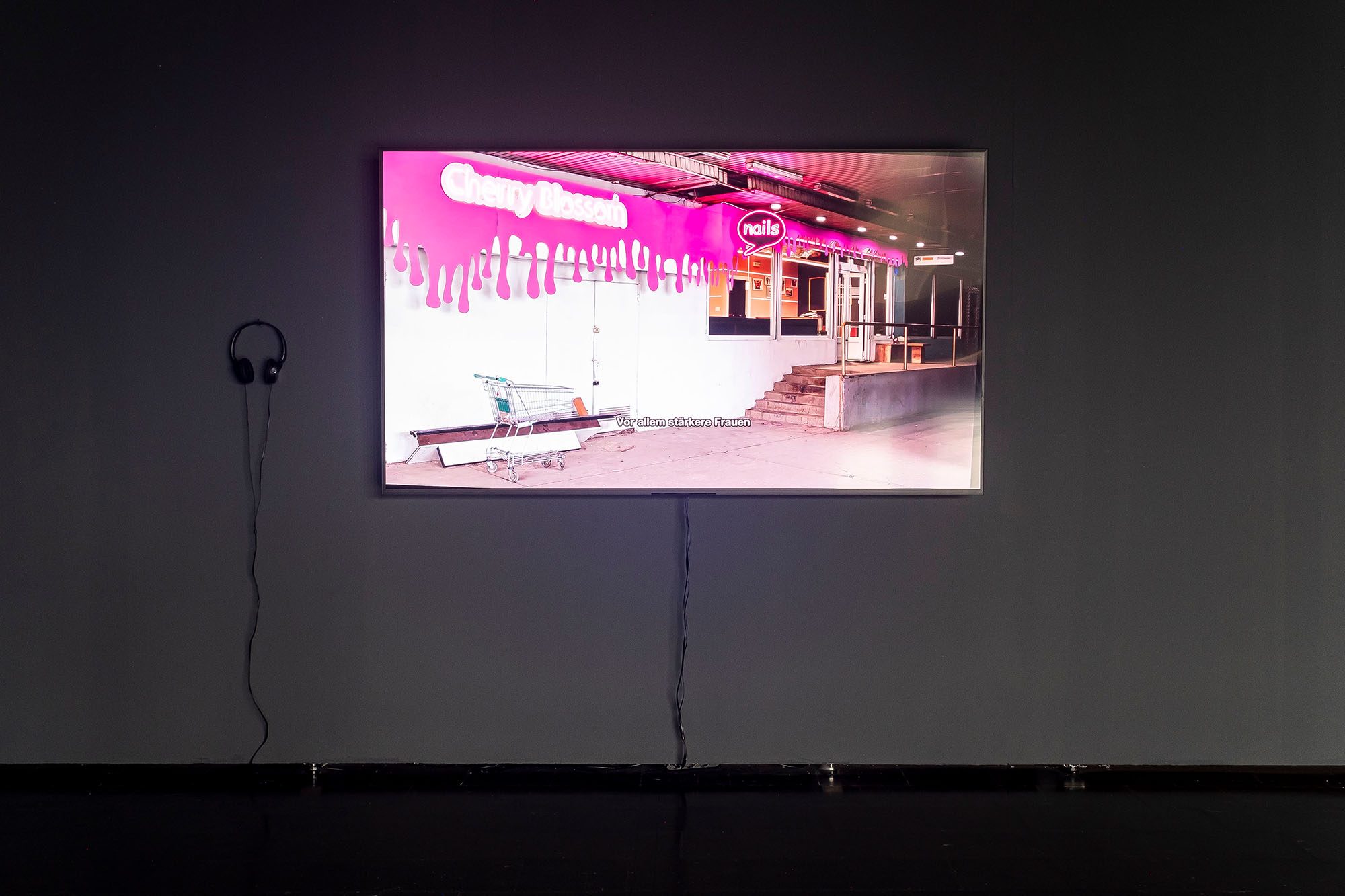
Alicja Rogalska, For What It's Worth, Kunsthalle Recklinghausen, photo: Mathias Völzke

Alicja Rogalska, For What It's Worth, Kunsthalle Recklinghausen, photo: Mathias Völzke

Alicja Rogalska, For What It's Worth, Kunsthalle Recklinghausen, photo: Mathias Völzke
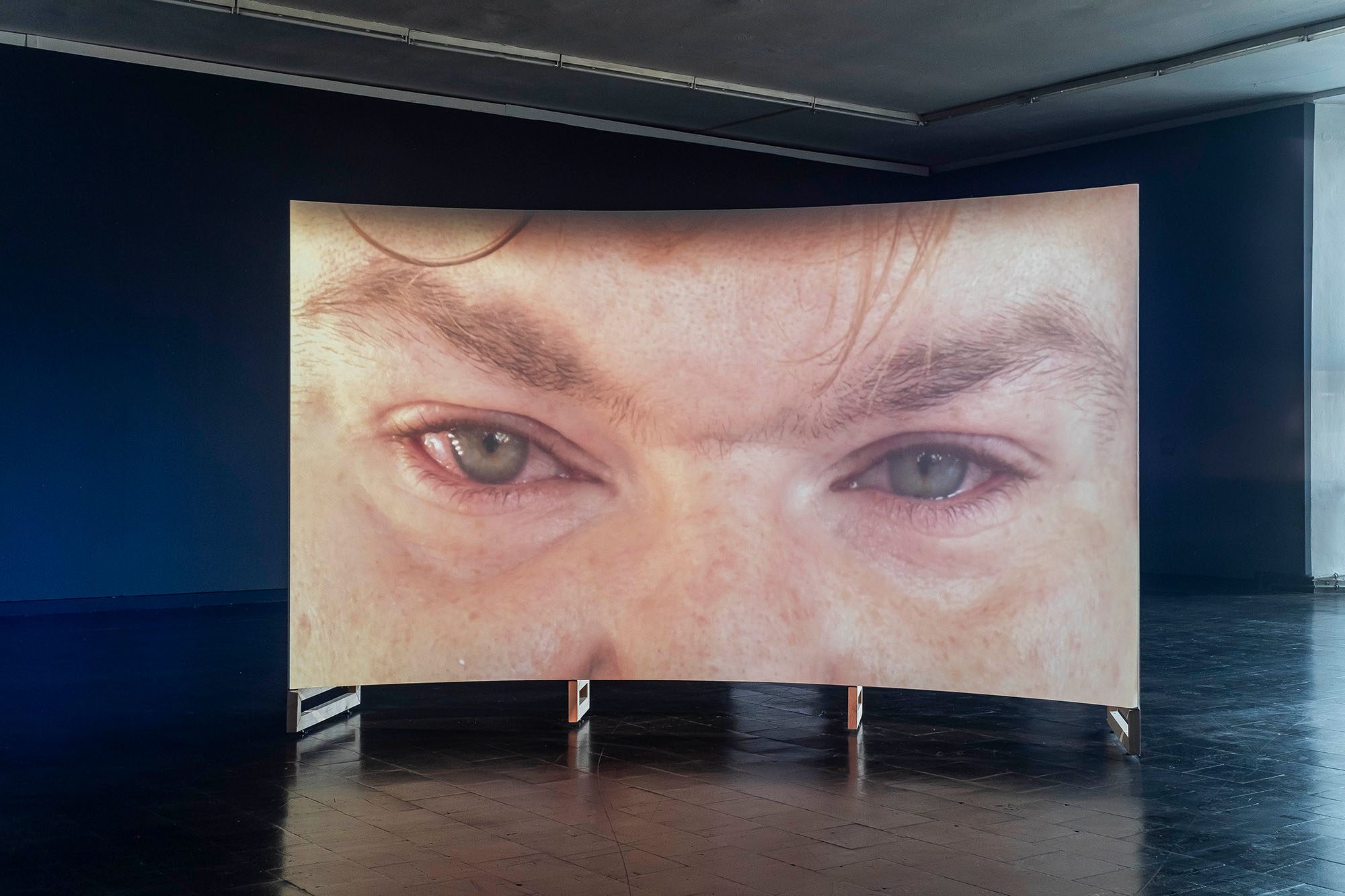
Alicja Rogalska, For What It's Worth, Kunsthalle Recklinghausen, photo: Mathias Völzke

Alicja Rogalska, For What It's Worth, Kunsthalle Recklinghausen, photo: Mathias Völzke

Alicja Rogalska, For What It's Worth, Kunsthalle Recklinghausen, photo: Mathias Völzke

Alicja Rogalska, For What It's Worth, Kunsthalle Recklinghausen, photo: Mathias Völzke
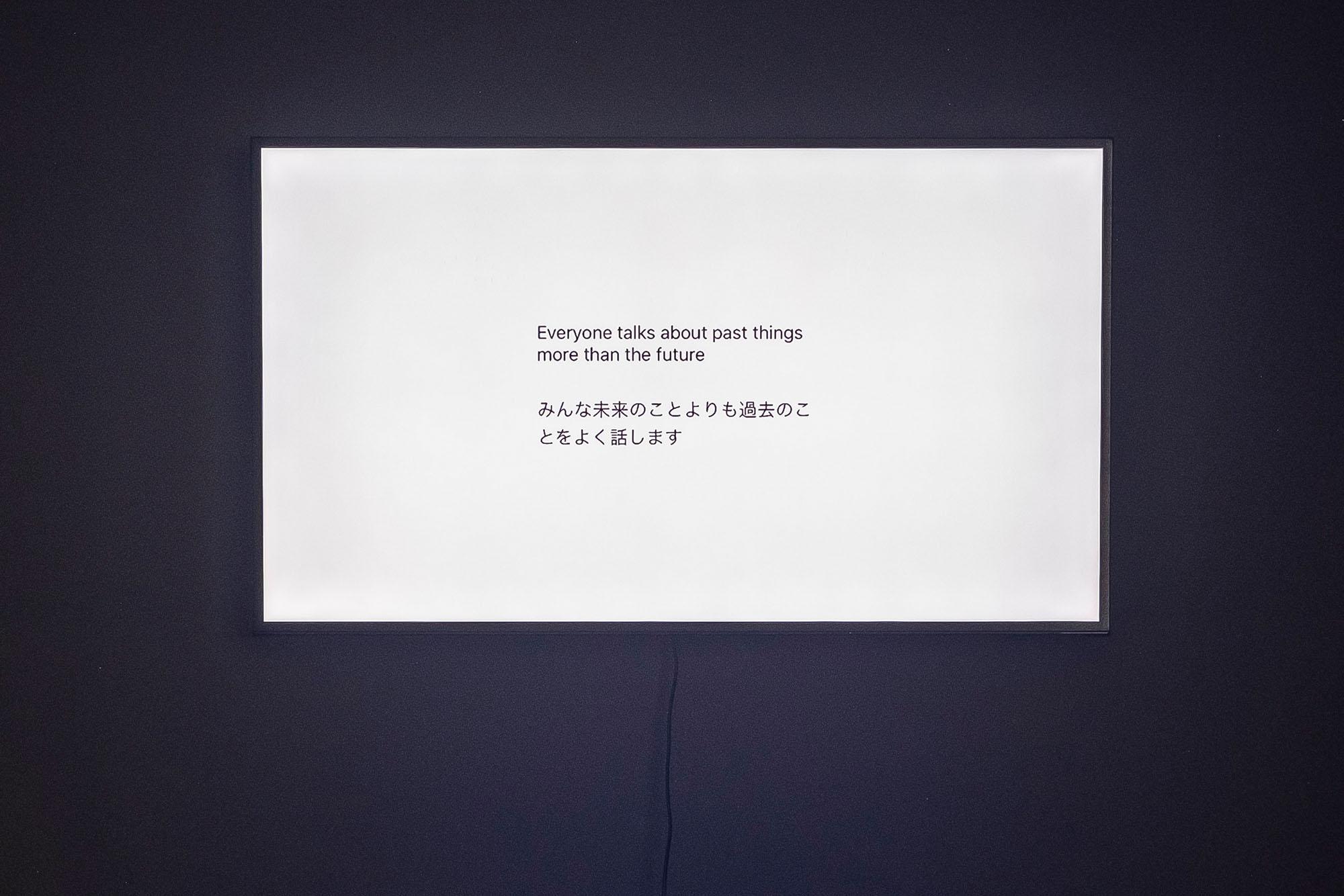
Alicja Rogalska, For What It's Worth, Kunsthalle Recklinghausen, photo: Mathias Völzke
Alicja Rogalska's works are based on collective and participatory situations. She invites individuals and groups to engage in a collaborative process based on a shared life situation, common political convictions or social commitment. Her video works emphasise moments of agency, solidarity and rebellion and thus open up a space for imagining a social future beyond exploitation and segregation.
The exhibition For What It's Worth comprises seven video works made between 2011 and 2023 that provide a concentrated insight into Rogalska's artistic practice and show different contexts of work and unemployment that structure both the reality of life and the relationship between the individual and society. In recent years, Rogalska's focus has shifted from decidedly critical observations to speculative perspectives in order to show possible alternatives to current dilemmas. Community visions of the future and utopias are condensed into systematic approaches to overcoming entrenched ways of thinking about social problems.
Dark Fibres
Dark Fibres revolves around an incident that took place in the Georgian village of Armazi in 2011. Hayastan Shakarian, an elderly villager allegedly cut the internet cable between Georgia and Armenia whilst collecting scrap metal for a living. This momentous act disrupted the internet service in most parts of Armenia and Georgia for several hours. In her defence, Shakarian reportedly said that she could not have been responsible and that she had never heard of the internet.
Rogalska builds on this event to explore the hidden and tangible nature of infrastructures. The title of the work refers to fibre optic cables being laid in anticipation of the exponential growth of data transmission. The video features spectacular footage of the production process, filmed in Germany and set to Chakrulo, a traditional Georgian polyphonic song performed by a male choir. The original lyrics are about the armed uprising of the peasant community against feudal rule, a cultural text from the Middle Ages that the artist adapts for the “new dark age” of IT capitalism.
Dark Fibres, 2021, 5.16 Min.
Commissioned by Arts Territory for the exhibition Myth, Artisterium Festival, Tbilisi (song), filmed at Fraunhofer Institute for Applied Optics and Precision Engineering IOF, Jena and supported by the DAAD Artists-in-Berlin programme (video).
Broniów Song
Broniów Song is a contemporary folk song written by Rogalska with the Broniowianki choir from the Polish village of Broniów. The rural region of southern Mazovia is known for its intensive cultivation of folk culture and (at the time) one of the highest unemployment rates in the country. While the melody is borrowed from a local love song, the lyrics are largely based on conversations with locals and address the prevailing socio-economic situation of the people: “Where the land was once sown, now there are only bushes and forest. The fields get overgrown with wild grass. Tempting us with subsidies. It is not worth working the land. People live off pensions and god-knows-what, getting casual work in Warsaw. […] The young always sit on the internet. They graduate from various schools. The job centre in the county advises them, go to England, Italy, into the world.”
Broniów Song, 2011, 4.48 Min.
Commissioned by Museum of Modern Art in Warsaw for Cięcie (Cut) project.
Sister Flats I & II
Rows of identical-looking houses are a common sight in Kosovo. Known as “brother houses”, they are a testament to the strength of family ties and a performative equality and solidarity among men. Sisters are rarely included in this practice or family inheritance, resulting in their financial dependence on fathers, brothers, husbands and sons.
Sister Flats I focuses on the real estate boom in Prishtina on the one hand and the gendered displays in local shops on the other. What becomes abundantly clear is an imbalance of economic power and outdated cultural expectations in which women are stereotypically obliged to flaunt their femininity and invest in their beauty: often the only investment they can make, as they have no access to significant capital. In dialogue with local feminist activists, Rogalska discusses the domestic sphere as a site of female oppression and possible paths to emancipation.
Sister Flats II was created in the Steele district of Essen, North Rhine-Westphalia, whose historic centre fell victim to a radical urban development policy in the 1970s. Working with female architects and urban planners, Rogalska explores how gender inequality and discrimination are expressed in this architectural vision of a bygone future. AI-generated imagery broadens the view to include other forms of housing and living where women form communities, care for each other and seek economic independence.
Sister Flats I, 2022, 22.48 Min.
Sister Flats II, 2023, 22.01 Min.
Co-commissioned and co-produced by Manifesta 14 Prishtina and Urbane Künste Ruhr.
Onodera San's Dream for the Future
Onodera San's Dream for the Future shows the intimate routines of daily care in an undisclosed location in Japan. The video is based on a collaboration between Arifumi Taneda, a care worker, and Kiyoko Onodera, an elderly woman in Taneda's care. Filmed by mobile phone from Taneda's perspective, the actions of preparing and serving meals, hygienic and physical care, massaging and moving limbs, and the togetherness of the two people have a poignant immediacy. Furthermore, Onodera shares her personal view of old age and death, her wishes, fears and hopes.
A second video documents a conversation between Rogalska and Taneda about the social and economic contexts of care work in Japan. The fact that the conversation had to take place with the help of online translation software also questions the possibilities and limits of automation, which is increasingly being used in the care sector.
Onodera San‘s Dream for the Future, 2008, 12.23 Min. & 18.17 Min.
Produced during a residency at PARADISE AIR in Matsudo, Japan.
Tear Dealer
Tear Dealer opened for a few days in July 2014 on a main street lined with pawnshops, second-hand shops and loan sharks in Lublin, south-east Poland, an area of high unemployment and socio-economic marginalisation. In a specially designed space, reminiscent of a bank, a beauty salon or a dressing room, people were able to produce and sell their tears: 3ml for the equivalent of 25 euros.
Tear Dealer is a radical exploration of the commodification of emotions. Participants were given the opportunity to collectively express and capitalise on their feelings of despair, anger, sadness and frustration in a supportive yet appropriately exploitative environment. Nearly 200 people took part in the project, which had to end prematurely due to an unexpectedly high level of interest, as funding ran out sooner than planned.
Tear Dealer, 2014, 11.58 Min.
A collaboration with Łukasz Surowiec. Commissioned by Rewiry – Socially Engaged Art Workshop in Lublin, Poland.
Maxie Fischer




